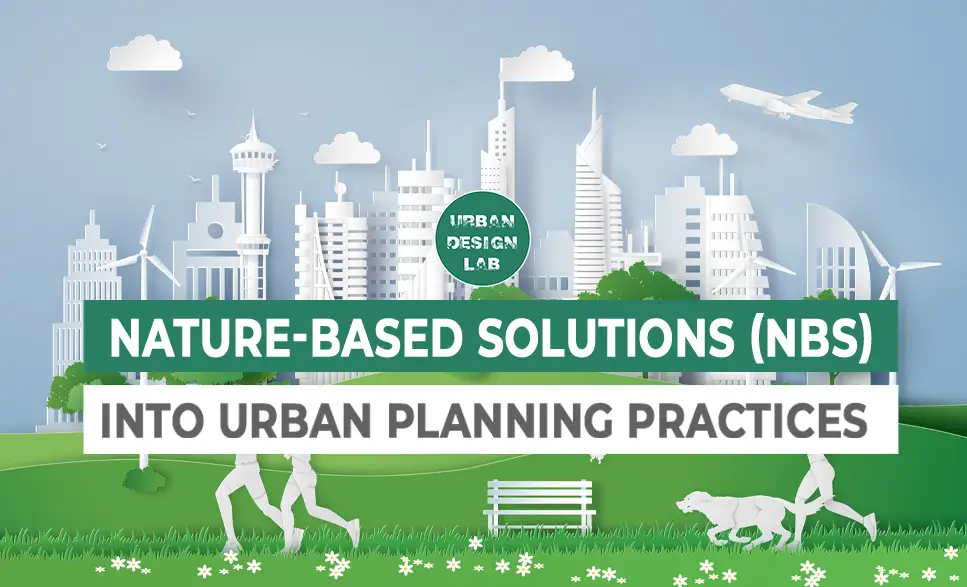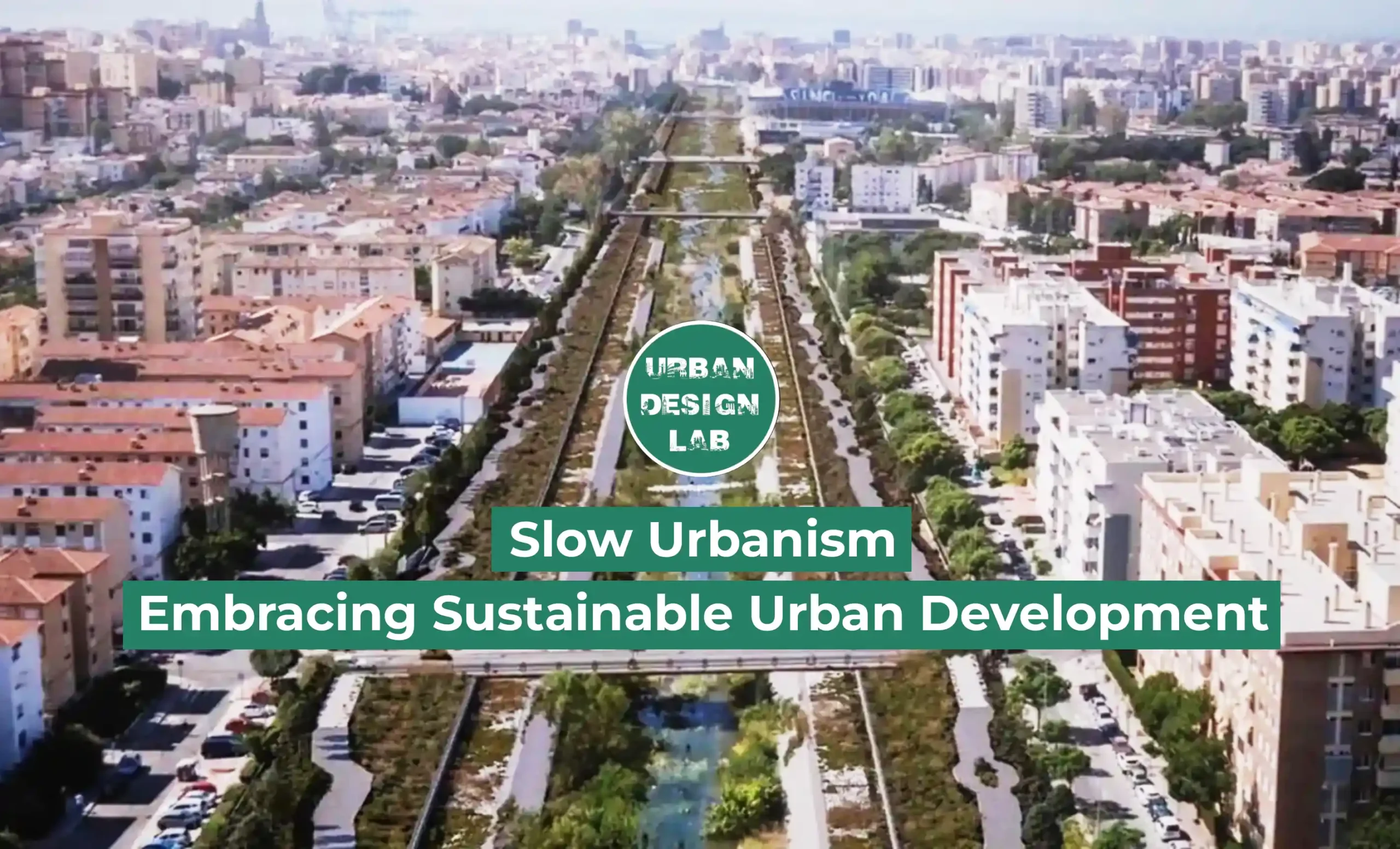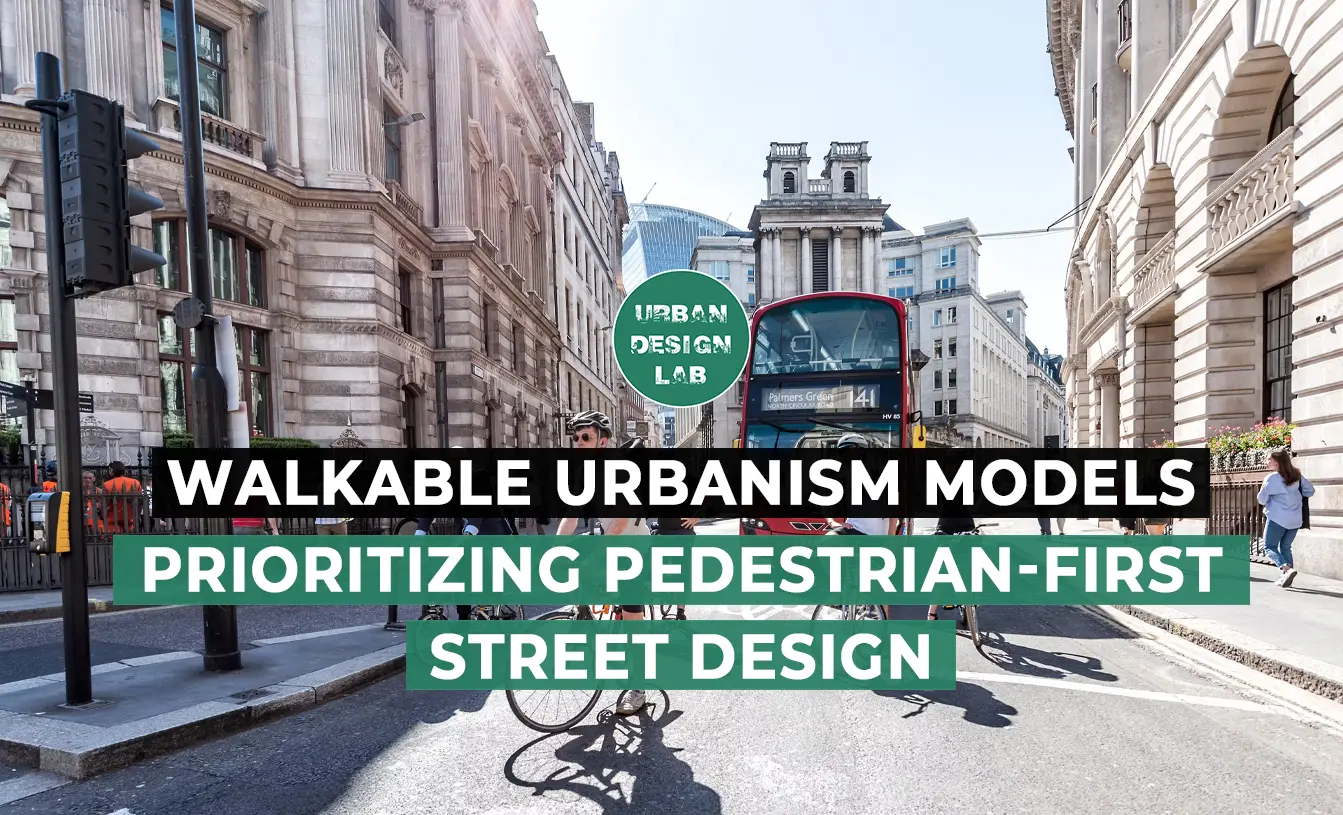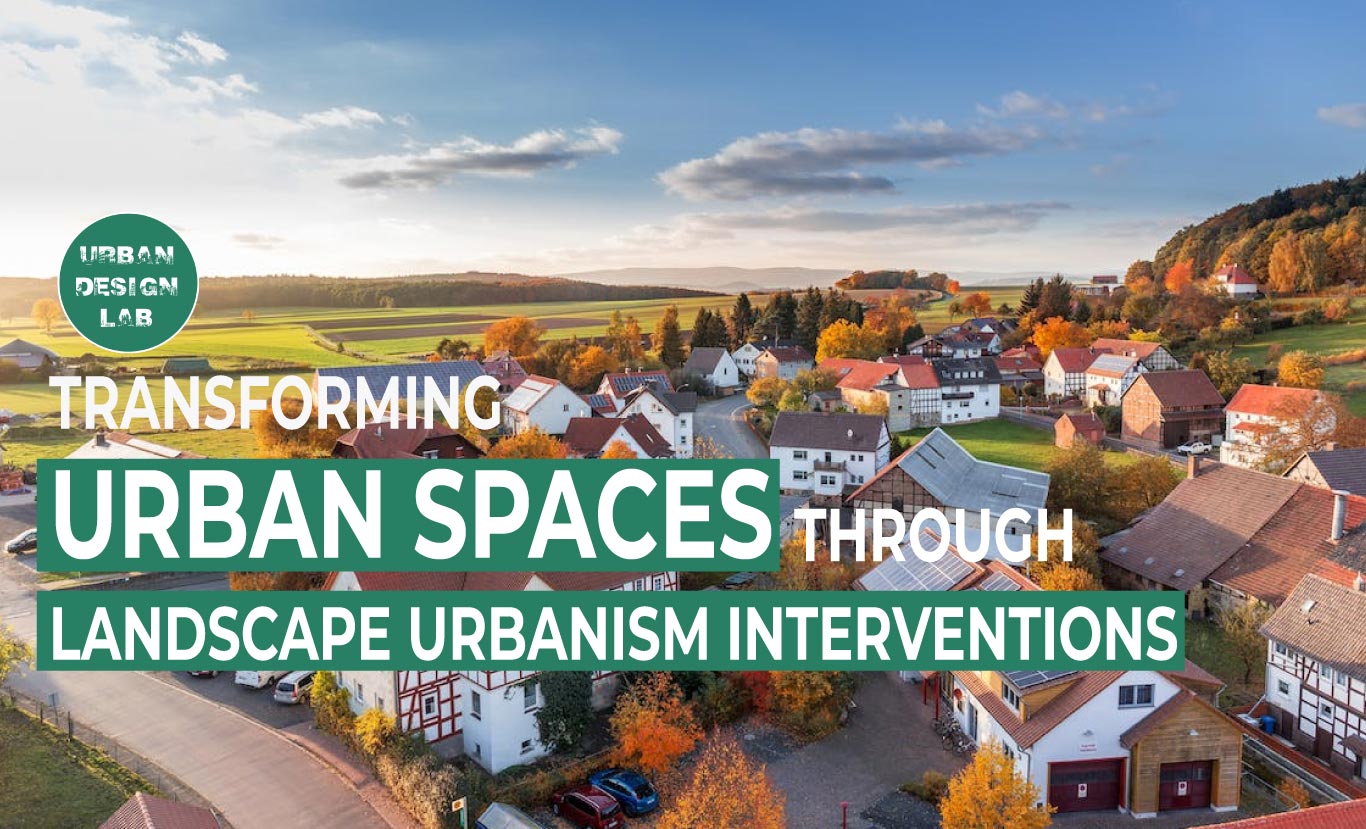
Picturesque and Image Studies in Urban Design

Introduction: Picturesque and Image Studies
Urban design, as a field, has long been concerned with how we perceive, interact with, and shape our cities. Two approaches that have significantly impacted the way we understand urban environments are Picturesque Studies and Image Studies. Picturesque Studies, tracing their roots back to notable figures like Gordon Cullen, Camillo Sitte, and Edmund Bacon, focus primarily on the aesthetic and visual aspects of urban environments. They view the cityscape as a stage set or prop of human action, emphasizing the emotional reaction of observers and the visual appeal of urban spaces.
On the other hand, Image Studies, heavily influenced by the work of Kevin Lynch, prioritize how inhabitants perceive and conceptualize their urban environment. Image Studies delve into the psychological, physiological, and social dimensions of urban spaces, highlighting how these aspects influence design solutions. The approach underscores the importance of the mental maps people construct of their cities and how these perceptions influence their interaction with the urban landscape.
In essence, these two approaches to urban design, while different, provide indispensable perspectives that contribute to our understanding and creation of urban spaces. They represent different lenses through which we can appreciate, critique, and ultimately design the cities of the future.

Difference between Image Studies and Picturesque Studies
Picturesque studies and image studies are two distinct approaches to urban design, each with their own unique focus and principles.
- Picturesque Studies: This approach emphasizes the aesthetic and visual aspects of urban environments. It is object-oriented and perceives the environment as a stage set or a prop of human action. Key proponents of this approach, such as Gordon Cullen, Camillo Sitte, and Edmund Bacon, have focused on principles like ‘serial vision’, the emotional reaction of observers, the continuity of space and time, and the importance of awareness of space in urban design. Essentially, this approach is about creating visually appealing cities that evoke certain emotions and reactions from their inhabitants.

- Image Studies: This approach, on the other hand, is subject-oriented and emphasizes how people perceive and conceptualize their urban environment. It considers physiological, psychological, and social dimensions of environments as they are experienced by people, and how those aspects shape design solutions. Kevin Lynch’s ‘The Image of the City’ is a seminal work in this category, which factors in people’s image of the environment, rather than the professional observers. Essentially, this approach prioritizes how inhabitants mentally map their cities and how their perception influences their interaction with the urban landscape.
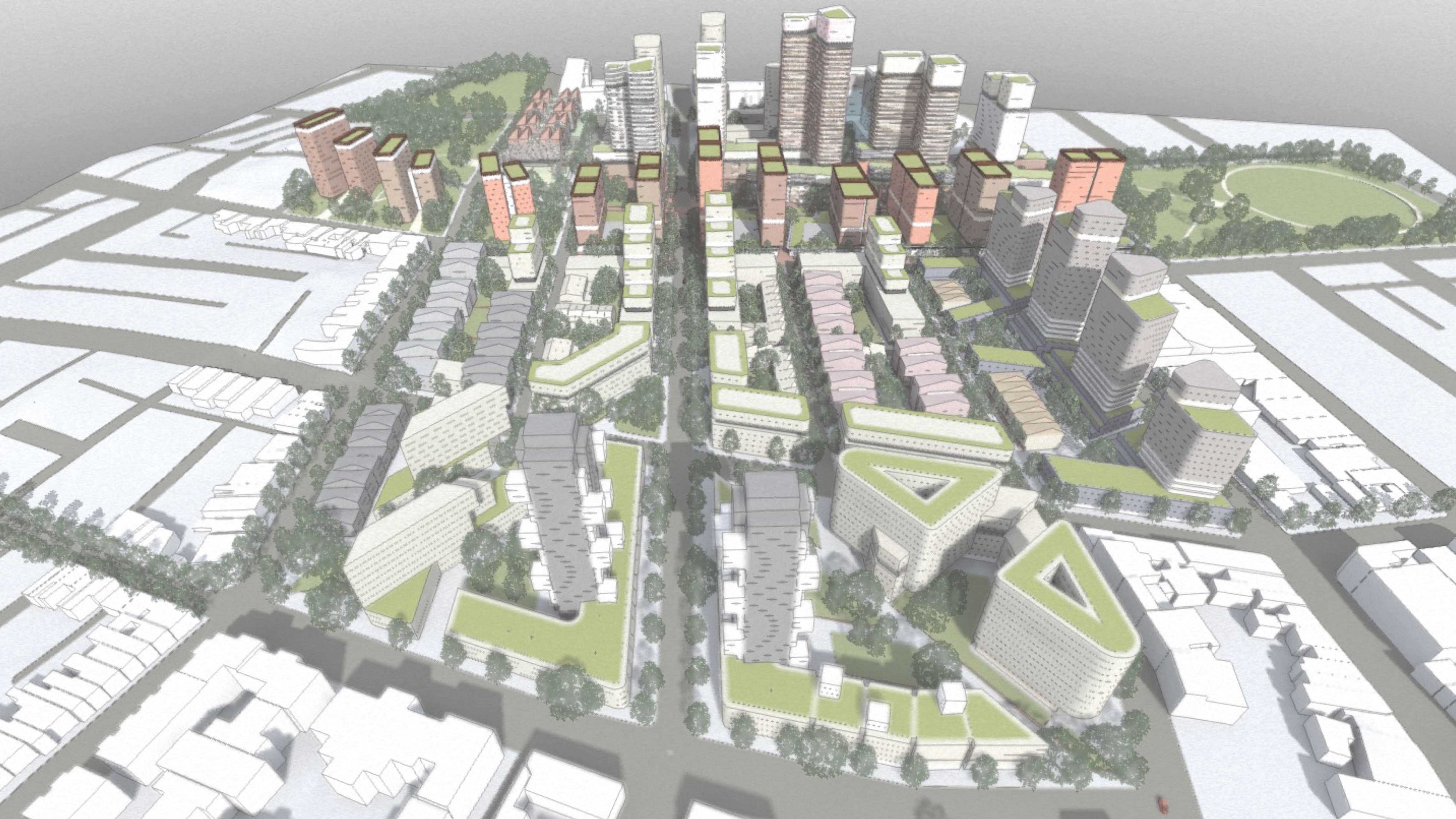
In summary, while picturesque studies focus on the physical and visual appeal of urban environments, image studies are more concerned with the psychological perception and understanding of these spaces. They represent different lenses through which we can appreciate and design our urban spaces.
The Essence of Picturesque Studies
Picturesque studies, which have their roots dating back to the late 19th century, serve as the foundation for urban design. These studies focus on identifying and describing the attributes of the physical environment that contribute to what we perceive as “good” urban spaces. It’s about capturing the charm, beauty, and character of a place and translating it into urban design concepts.
The influential works of pioneers like Gordon Cullen, Camillo Sitte, and Edmund Bacon have left an indelible mark on the field of urban design. Their writings and ideas still resonate with urban planners, architects, and designers today.

1. Gordon Cullen: Creating Emotional Connections
Gordon Cullen’s “Concise Townscape” is a seminal work that emphasized the emotional aspects of urban design. He believed that cities should not only cater to the practical needs of their inhabitants but also evoke feelings of warmth, liveliness, and connection. In Cullen’s view, a successful city combines the functional aspects with the emotional, creating an environment where people feel a deep sense of belonging.
Cullen’s concepts, such as “serial vision” (the idea that our perception of a city unfolds in a series of glimpses) and the importance of the visual experience, remain crucial in today’s urban planning. They remind us that urban design isn’t just about buildings and roads; it’s about crafting experiences and emotions.

2. Camillo Sitte: Artistic Beauty for Urban Well-being
Camillo Sitte, a visionary of his time, argued that the aesthetic quality of public spaces should be the central goal of urban planning. In an era threatened by industrialization and urban problems, Sitte advocated for the creation of beautiful urban spaces that would elevate the well-being of the public.
Sitte’s principles, including the use of open spaces as centers of design and the importance of public life in these spaces, can still guide urban designers today. His emphasis on the artistic structure of cities, though rooted in historical contexts, underscores the enduring value of beauty in urban environments.

3. Edmund Bacon: Articulating Space for Urban Experiences
Edmund Bacon’s perspective on urban design centers on the awareness of space. He believed that architects and urban designers should not merely focus on the physical structures but also on how spaces are articulated to create meaningful experiences.
For Bacon, architecture is the “articulation of space,” and the design process involves understanding how people interact with and experience space. His idea of “simultaneous movement systems” aligns with the modern emphasis on connectivity and the seamless flow of urban spaces.

The Foundations of Image Studies
The roots of image studies can be traced back to the 1960s, a time when the influence of the social sciences on design was growing. At its core, image studies focus on the physiological, psychological, and social dimensions of how people perceive and experience urban environments. Unlike earlier picturesque studies, which often imposed a professional observer’s viewpoint, image studies are inherently emic and subject-oriented.

1. Kevin Lynch's Seminal Contribution
Kevin Lynch’s book “The Image of the City” (1960) is a cornerstone of image studies in urban design. Lynch posited that a city’s image holds practical and emotional value for its residents. It not only aids people in orienting themselves but also forms the basis for individual development and social interactions within a community.
Lynch identified five key elements that structure a city’s image: Path, Edge, District, Landmark, and Node. Each of these elements serves as a building block for a differentiated cityscape. Lynch emphasized the importance of clear and distinct design for each element, with the exception of the District, which should maintain homogeneity.
The process Lynch proposed for shaping a city’s image involves two stages. First, an analysis of the existing image is carried out through residents’ “mental mapping.” Second, a visual plan is created based on the analysis results. While this concept remains somewhat abstract, it has had a profound impact on urban design, leading to the widespread use of Lynch’s elements and methodologies in complex urban planning processes.

2. Michael Trieb's Contributions
In parallel to Lynch’s work, Michael Trieb and his research group in Germany delved into image studies with a focus on the human eye’s role in architectural impressions and spatial perception. Trieb expanded on Lynch’s ideas, defining urban design at three levels: the urban design level, the appearance of the city, and the image of the city.
Trieb introduced design principles that emphasize unity and diversity, general and special elements, continuity and change, and type and metamorphosis. These principles aim to create a rich and attractive urban environment while maintaining a coherent overall structure.
Trieb also laid out a four-phase planning process that begins with researching the history of the city’s image, followed by defining urban design goals, analyzing the existing image, and finally creating planning guidelines. This structured approach ensures that the city’s image is systematically integrated into the planning and design process.

3. Streets and Open Spaces
A significant aspect of image studies in urban design pertains to streets and open spaces. Streets are not just conduits for vehicular traffic but also integral components of a city’s image. The width of streets, their alignment, and their relationship to building heights all play crucial roles in shaping a street’s image. Proportions matter, too, as they can influence the spatial quality and perception of a street.
Pedestrianization, the process of creating pedestrian-friendly areas within cities, is another key concept. It not only enhances safety but also allows streets to serve as playgrounds and communal spaces for residents.
Open spaces, including squares, parks, and riverbanks, also contribute significantly to a city’s image. The degree of enclosure, the alignment of streets opening onto squares, building heights, and other architectural elements all impact the spatial quality of open spaces.
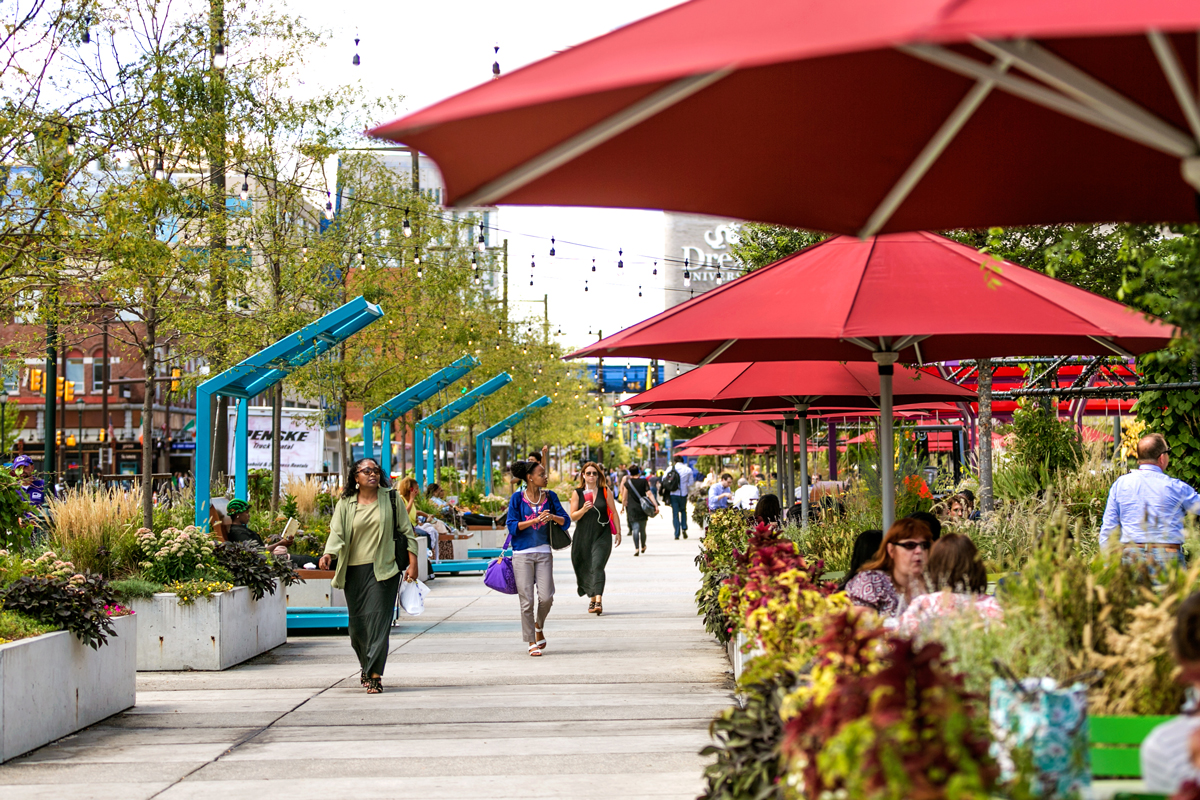
4. Cultural Considerations and Application
It’s essential to recognize that cultural differences influence how people perceive and use urban spaces. What works in one region may not be suitable for another. For instance, the use of public open space varies between European and Southeast Asian cities due to cultural practices and traditions.
The concepts and methodologies proposed by Lynch and Trieb offer a structured and systematic approach to urban design. However, it’s crucial to adapt these principles to local contexts and functional requirements. Lynch’s and Trieb’s ideas provide valuable guidance for planners and designers, but they must be applied judiciously to meet the specific needs of each city.

Reviving Picturesque and Image Studies in Modern Urban Design
In today’s rapidly urbanizing world, where cities often prioritize functionality and efficiency, the principles of picturesque and image studies offer a refreshing perspective. We can bring life back into our urban landscapes by:
- Emphasizing Emotional Connections:
- Design urban spaces that evoke positive emotions, such as warmth, liveliness, and connection.
- Incorporate elements like public art, vibrant street life, and cultural events to create emotional resonance.
- Use lighting, landscaping, and architectural features to enhance the visual and emotional appeal of streets and squares.
- Prioritizing Aesthetic Quality:
- Focus on the aesthetic quality of public spaces as a central goal of urban planning.
- Incorporate traditional architectural styles and local materials to preserve and enhance a city’s beauty.
- Encourage public participation in design processes to ensure that aesthetic preferences of the community are considered.
- Articulating Space for Experiences:
- Pay attention to how spaces are articulated to create meaningful experiences for residents and visitors.
- Develop diverse urban neighborhoods with unique identities and experiences.
- Consider the flow of spaces, pedestrian-friendly design, and the integration of green spaces to enrich urban experiences.
- Incorporating Kevin Lynch’s Elements:
- Implement Lynch’s elements (Path, Edge, District, Landmark, and Node) in urban planning and design.
- Ensure clear and distinct design for each element, allowing residents to easily navigate and connect with their surroundings.
- Develop iconic landmarks and nodes that serve as focal points in the urban landscape.
- Human-Centric Design:
- Integrate findings from image studies to understand how people perceive and experience urban environments.
- Use this understanding to design streets and open spaces that cater to the psychological and physiological needs of inhabitants.
- Prioritize pedestrian-friendly design, safety, and communal spaces within the urban fabric.
- Cultural Considerations:
- Adapt urban design principles to accommodate cultural differences in the use of public spaces.
- Design public spaces that reflect and celebrate local cultural practices and traditions.
- Encourage cultural events and activities in public spaces to foster a sense of belonging among diverse communities.
- Sustainable Design Integration:
- Incorporate sustainable design principles into urban planning to ensure long-term environmental resilience.
- Use green infrastructure, such as parks and green corridors, to enhance the overall image and well-being of the city.
- Promote mixed land use and efficient transportation systems to reduce urban sprawl and encourage walkability.
- Historical and Contemporary Blend:
- Blend historical architectural elements with contemporary design to create a unique urban character.
- Restore and preserve historical buildings and landmarks while accommodating modern infrastructure and technologies.
- Create a seamless transition between old and new to maintain a sense of continuity in the city’s image.
- Community Engagement:
- Involve the local community in the design process to ensure that their needs and preferences are considered.
- Conduct workshops, surveys, and public meetings to gather input and feedback on urban design proposals.
- Foster a sense of ownership and pride among residents by involving them in the transformation of their urban environment.
- Continuous Evolution:
- Recognize that cities are living narratives that evolve with the needs of their inhabitants.
- Regularly review and update urban design guidelines and plans to adapt to changing demographics, technologies, and urban challenges.
- Encourage innovation in design and planning to keep cities vibrant and adaptable.
These interventions and design ideas can help urban planners and designers create cities that are not only visually appealing but also emotionally resonant, culturally significant, and responsive to the needs and experiences of their residents.
Conclusion
In conclusion, the integration of picturesque principles from Cullen, Sitte, and Bacon, alongside the insights of image studies as advanced by Lynch and Trieb, offers a compelling framework for shaping the cities of today and tomorrow. By harmonizing aesthetics, functionality, and the human experience, we can forge urban landscapes that are not just sustainable and practical, but also emotionally resonant and culturally significant. This holistic approach ensures that cities remain vibrant, cherished hubs of society, evolving with the needs of their inhabitants while retaining their historical and emotional value. In an era of rapid urbanization, these combined principles provide a roadmap for creating cities that are not merely spaces but living narratives that inspire, connect, and endure.

Urban Design Lab
About the Author
This is the admin account of Urban Design Lab. This account publishes articles written by team members, contributions from guest writers, and other occasional submissions. Please feel free to contact us if you have any questions or comments.
Related articles


Architecture Professional Degree Delisting: Explained

Periodic Table for Urban Design and Planning Elements


History of Urban Planning in India

UDL Illustrator
Masterclass
Visualising Urban and Architecture Diagrams
Session Dates
17th-18th January 2026

Urban Design Lab
Be the part of our Network
Stay updated on workshops, design tools, and calls for collaboration
Curating the best graduate thesis project globally!

Free E-Book
From thesis to Portfolio
A Guide to Convert Academic Work into a Professional Portfolio”
Recent Posts
- Article Posted:
- Article Posted:
- Article Posted:
- Article Posted:
- Article Posted:
- Article Posted:
- Article Posted:
- Article Posted:
Sign up for our Newsletter
“Let’s explore the new avenues of Urban environment together “

























